QGraphicsTextItem internally uses a QTextDocument to manage the text. You can access this through .document(). The text document has a size property, which returns a QPointF.
self.document().size()
Unfortunately all the methods for this document return a standard rect of the bounding box. However, it is possible to make the text box re-adjust itself to the size of the text it contains. It doesn't quite get down to pixel level (due to line height padding) but it's close.
import sys
from PyQt5.QtCore import *
from PyQt5.QtGui import *
from PyQt5.QtWidgets import *
class MainWindow(QMainWindow):
def __init__(self, *args, **kwargs):
super(MainWindow, self).__init__(*args, **kwargs)
self.view = QGraphicsView()
scene = QGraphicsScene()
t = QGraphicsTextItem("Sample\n Text")
font = t.font()
font.setPointSize(40)
font.setWeight(600)
t.setFont(font)
t.setTextWidth(400)
scene.addItem(t)
rect = t.boundingRect()
r = QGraphicsRectItem(rect)
r.setPen(QColor('red'))
scene.addItem(r)
d = t.document()
d.setDocumentMargin(0)
d.adjustSize()
rect = t.boundingRect()
r = QGraphicsRectItem(rect)
r.setPen(QColor('blue'))
scene.addItem(r)
self.view.setScene(scene)
self.setCentralWidget(self.view)
if __name__ == '__main__':
app = QApplication(sys.argv)
w = MainWindow()
w.show()
app.exec_()
The above will give the following result —

The only other idea I had was to get a QPainterPath from the text document and calculate that QRect, but it doesn't appear to be easily accessible. One alternative would be to paint it to a QPainter and crop it there — but there is no built in cropping functionality in Qt.

